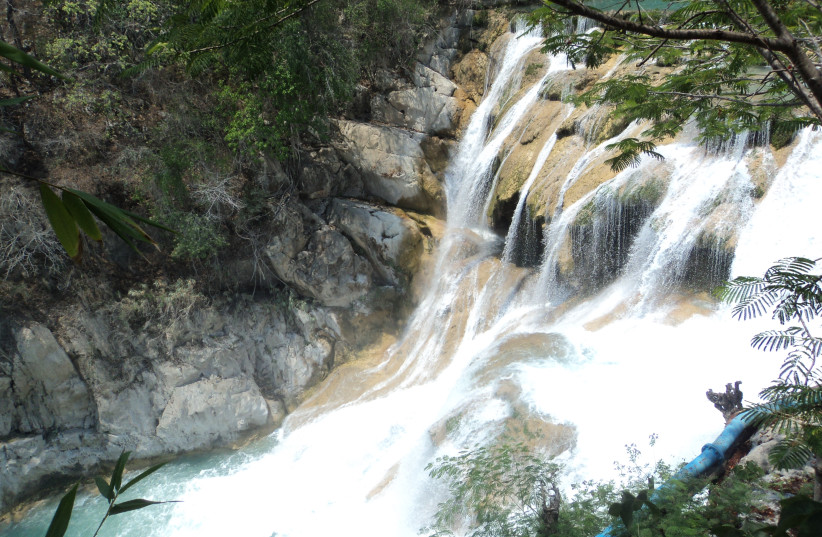Archaeologists conducting excavations at El Naranjo in southern Tamaulipas, Mexico uncovered ruins and tombs dating back to the Classic period, from 250-900 CE.
The discovery, published last Thursday, was made during an archaeological operation accompanying the construction of the Mante-Tula-Ocampo superhighway, which will link together the municipalities of Mante, Tula and Ocampo, according to Mexico's National Institute of Anthropology and History, which was responsible for the operation under the auspices of Mexico's Culture Ministry.
Artifacts discovered among the remains
Among the remains, the researchers found human burials, circular stone platforms and ornaments, shedding new light on the burial traditions of the Huastec people, according to pop archaeology site Ancient Origins.
The ornaments are believed to have been built with significant skill and the stone platforms may have been constructed to protect the burial sites of high-status individuals.
Archaeologist Esteban Ávalos Beltrán, who led the project, said the platforms were made from limestone and basalt masonry and that one of them measures 100 feet (30 meters) in diameter and another 65 feet (20 meters) in diameter.
Especialistas del INAH han localizado e iniciado labores de salvamento en El Naranjo, #Tamaulipas, donde se han registrado un par de basamentos circulares y recuperado más de una decena de enterramientos humanos. #boletin: https://t.co/NhL4NwPDXo#INAHVirtual pic.twitter.com/068e2QmpQm
— INAHmx (@INAHmx) February 10, 2023

Inside one the circular foundations, the team uncovered the skeletal remains of three adults wearing green quartz and shell earrings, some of which resembled flowers.
The other foundations contained people buried individually rather than as a group.
Based on the age of ceramics found at the site, the archaologists estimated that it dates to the late Classic period of Mesoamerica, at which time the area would have been occupied by the Huastec, distant cousins of the Maya, according to Ancient Origins.
The Huastec people, originating in the northeastern corner of Mexico, migrated south and occupied a large area of land along the coast of the Gulf of Mexico and inland.
The Huastec were conquered by the Aztecs in 1450 and later enslaved or killed.
